Georges Braque (1882-1963)
Creator of cubism with Pablo Picasso around 1907, he adopted after the First World War, a more traditional aesthetic in a palette of fairly dark colors. Still lifes and landscapes are bathed in a calm and silent atmosphere. Georges Braque is also the painter of birds, very present in his late work. In 1953, they found a place of choice in the ceiling decoration of the Henri II room at the Louvre Museum. Close to poets such as René Char, Francis Ponge, Pierre Reverdy, Georges Braque illustrated many texts.

Works of art by the artist Georges Braque
-

Si je mourais là-bas (p.47)
Georges Braque
SOLD
-
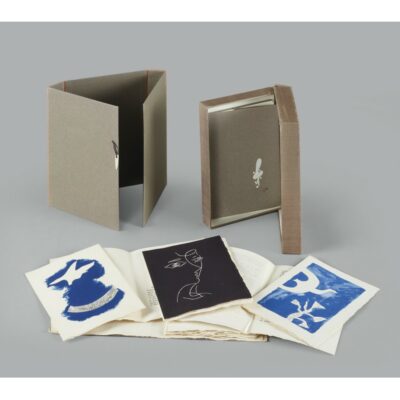
Le Tir à l'arc
Georges Braque
-
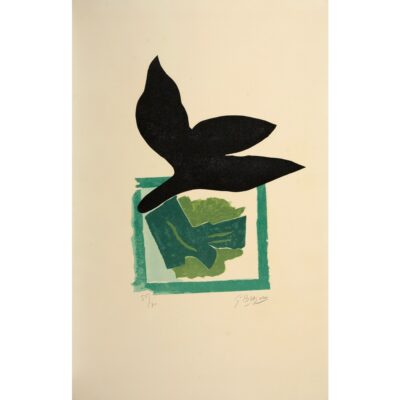
Oiseau noir sur fond vert
Georges Braque
-

Si je mourais là-bas (p.51)
Georges Braque
SOLD
-
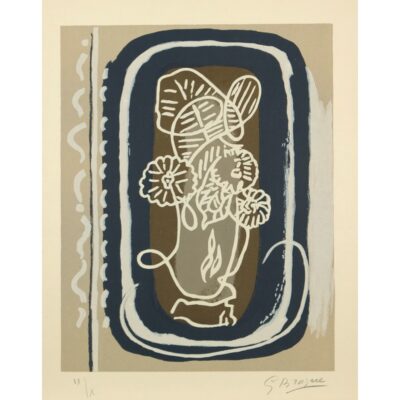
Si je mourais là-bas (p.31)
Georges Braque
-
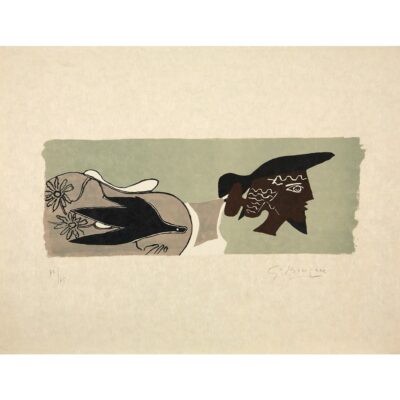
Le Poète, in Cinq poésies en hommage à Georges Braque
Georges Braque
-
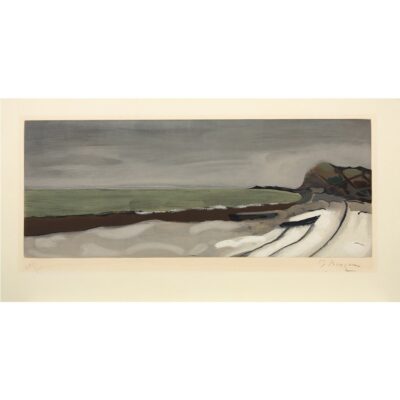
Varengeville
Georges Braque
-
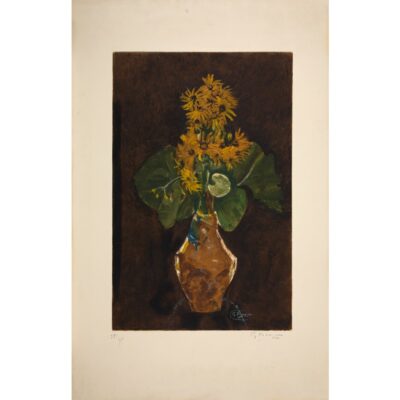
Les Marguerites
Georges Braque
-
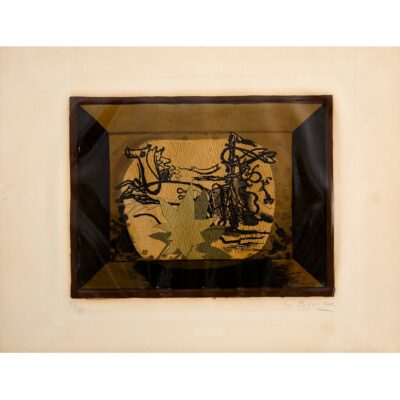
Le Char III (Char Verni)
Georges Braque
SOLD
-
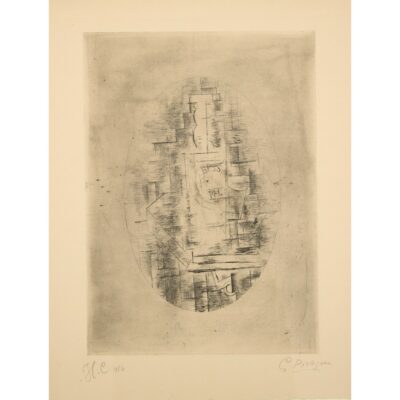
Pal (Bouteille de Bass et verre sur une table)
Georges Braque
-

Théogonie d'Hésiode
Georges Braque
SOLD
-
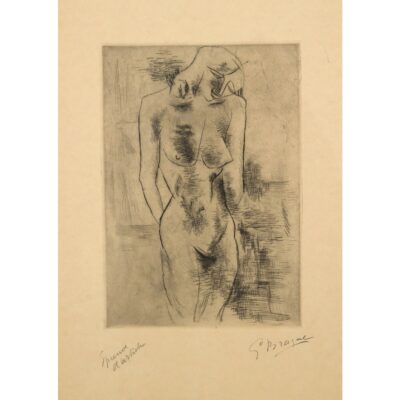
Étude de nu
Georges Braque

Boris Lipnitzki / Roger-Viollet
Georges Braque artist biography
"Painter of contained richness, of silent truths, of deep, secret knowledge[1] ".
Georges Braque is one of the major artists of the twentieth century. In "rope" with Picasso, he invented cubism, one of the most important revolutions in art of this period. Braque came from a family of house painters and was destined to become a decorative painter. He grew up in Le Havre where he became friends with Raoul Dufy and Othon Friesz. He moved to Paris to a studio in Montmartre in 1904. At the 1905 Salon d'Automne, the discovery of works by Matisse and Derain, brought back from Collioure where they had spent the summer, made a strong impression on him. Fauvist painting, dynamic and full of enthusiasm, influenced his work during the following summer. Cézanne's work quickly nourished his thinking, especially since the painter from Aix-en-Provence, who died in October 1906, was in the limelight at the time: a retrospective exhibition paid tribute to him at the Salon d'Automne in 1907, as well as the Bernheim-Jeune gallery.
The discovery of Les Demoiselles d'Avignon, June-July 1907 (New York, Museum of Modern Art) in Picasso's studio at the end of November and the beginning of December marked the beginning of a dialogue between the two artists through works of art - also nourished by works of Matisse, such as Nu bleu souvenir de Biskra 1907 (Baltimore, Museum of Art) and Derain - which would lead them to Cubism. Braque stayed several times in L'Estaque, following in the footsteps of Cézanne. The Salon d'Automne of 1908 refused the landscapes he had painted there during the summer. Daniel-Henry Kahnweiler presented them in his young gallery in the rue Vignon from November 9 to 28. It was the first public exhibition of Cubism. It brings together twenty-seven landscapes with pronounced volumes and no perspective, embodying what Braque referred to as a tactile, palpable space, in which the objects, the subject, give the feeling of being in the same space as the viewer.
Contact
To find out more about our art gallery in Paris, the works available, our appraisal service or our exhibitions :
